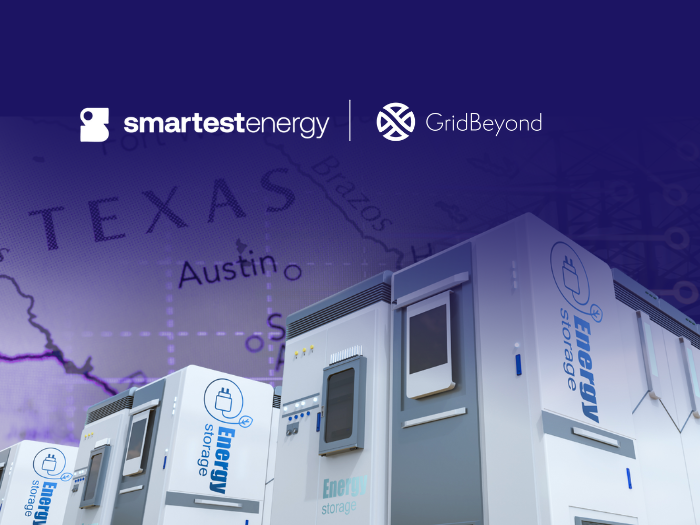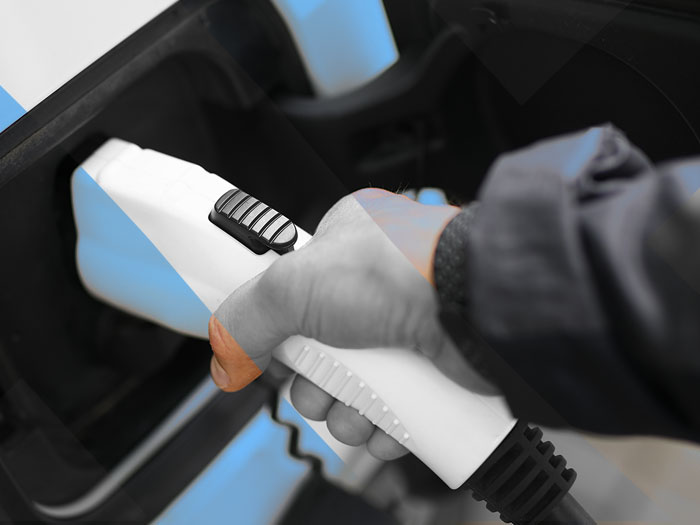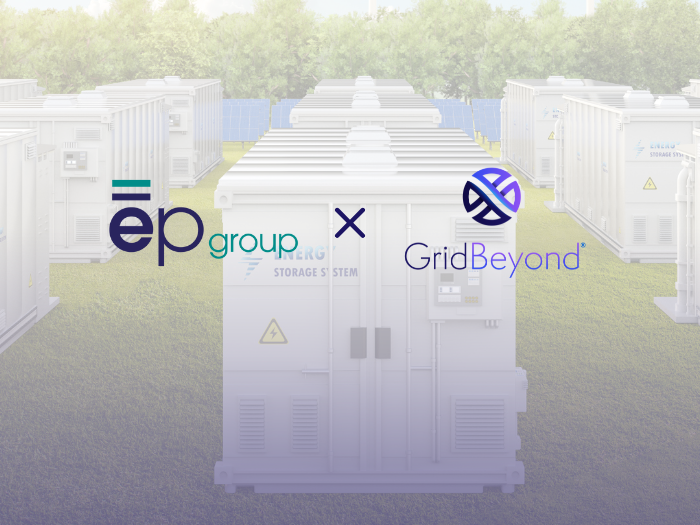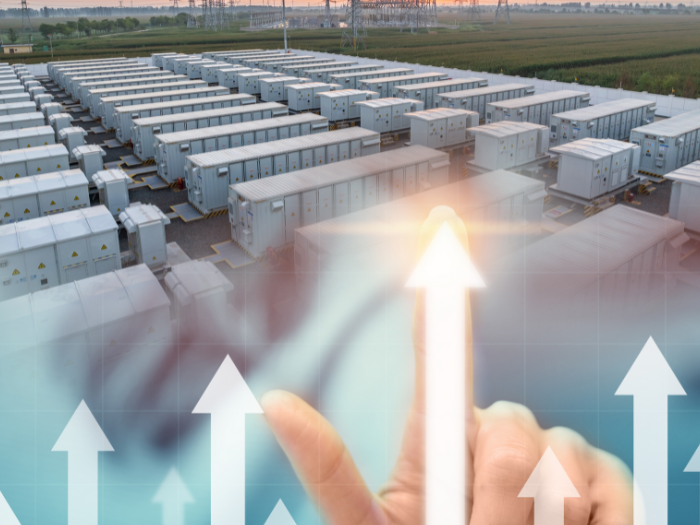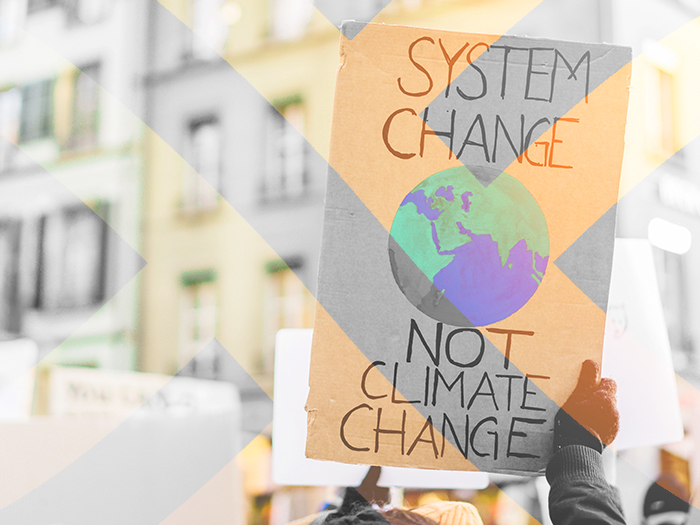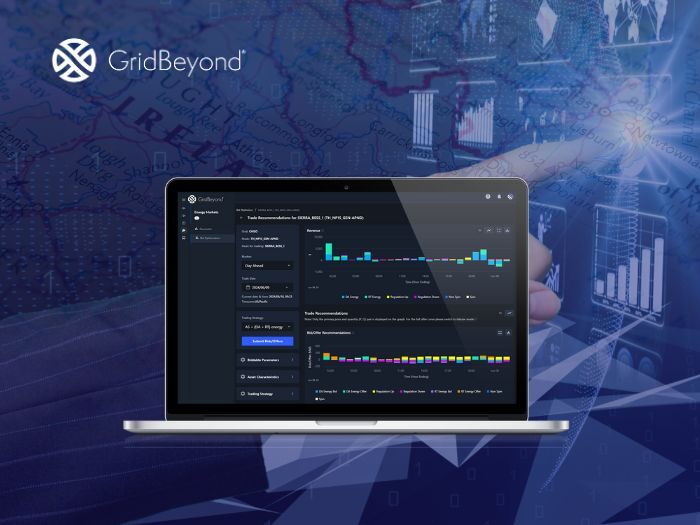News
better business decisions
Posted 2 years ago | 3 minute read
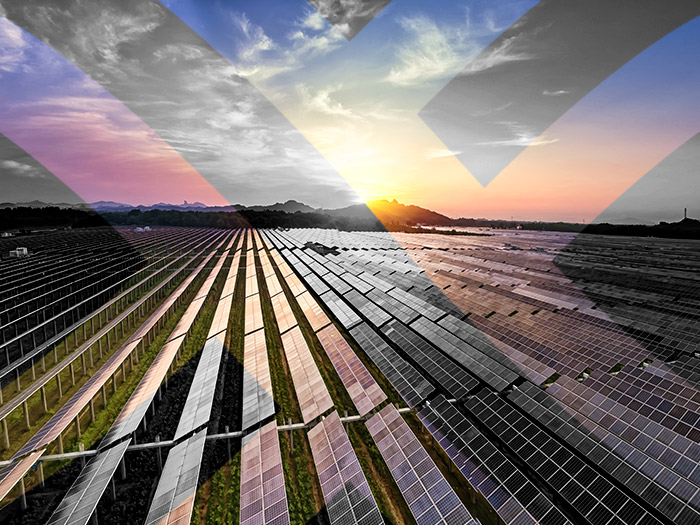
Clean energy “at the heart” of Australia’s economic future
Australia’s Prime Minister has emphasized the pivotal role of clean energy in shaping the nation’s economic future
Speaking at the Future Energy forum in Sydney on 15 September, PM Anthony Albanese unveiled his vision for leveraging the transition to clean energy as a catalyst for economic expansion and well-being.
Albanese underscored that his government’s strategy aimed to stimulate growth in regional areas, create jobs in suburban communities, and rejuvenate Australia’s manufacturing sector. “Our overarching goal is to fortify and enhance Australia’s economic resilience for the years to come. This encompasses the employment opportunities, communities, urban centres, industries, and the very fabric of our nation, all of which are intricately intertwined with our approach to energy”, he said
Albanese emphasized the need for substantial investment in electricity transmission infrastructure to fully harness this energy potential, describing it as a “critical step” to ensure that businesses and industries can readily access dependable and cost-effective clean energy, thereby reducing their operational expenses and environmental footprint.
Australia has seen a significant increase in renewable energy investment, according to the Clean Energy Regulator’s Quarterly latest Carbon Market Report (QCMR).
Published on 9 June, the report, which covers Q1 2023, highlights significant developments in large-scale renewable energy investment, rooftop solar installations, and the Australian Carbon Credit Unit (ACCU) market, indicating a positive outlook.
It noted that 432MW of large-scale capacity reached final investment decision (FID) in Q1 2023 and that total FID capacity for 2023 is on track for more than 3.5GW but is unlikely to reach the levels seen in 2022.
681MW of rooftop solar photovoltaics (PV) was installed in Q123 continuing the strong trend from the second half of 2022. Total capacity is expected to reach around 3GW total in 2023. In addition, installations of air source heat pumps grew 40% compared to Q122. Both trends suggest consumers are, where possible, taking control of their energy bills.
GridBeyond Sales Director Lisa Balk said:
“Australia is experiencing a complex, rapid and irreversible energy transformation and taking full advantage of the flexibility that can be harnessed from demand side assets will be crucial is keeping the costs of the transition as low as possible, while ensuring reliability of the grid in an increasingly renewables dominate energy mix.
“At GridBeyond we use machine learning and AI-powered technologies, driven by data science, that enable I&C businesses to participate in a wide range of programmes for enhanced energy automation, insights and benchmarks, savings, revenues and sustainability.”
